As a way to say thanks for getting my book, you can go to myFreeGoodies Page to find more things that work for you.
Consider sharing the book with your friends.
*Dont know how. See how at the end of the book. Itseasy, and fast.
YourJourney Toward the Sacred
 In Drawing the Sacred,I share my hearts journey of connecting to the Sacred through drawing andpainting, mostly in Nature.
In Drawing the Sacred,I share my hearts journey of connecting to the Sacred through drawing andpainting, mostly in Nature.
I will show you the ancient method of Owl Eyes that originalpeoples around the world employ to enable their children to thrive in Nature, whatsome call the wild.
This method will still your mind sufficiently so that youcan connect with the Sacred and see the face of God. Maybe it wont surpriseyou, but it surprised the heck out of me.
Obviously, your ability to connect to the Sacred, to see theFace of God whenever you choose, will change your life. I want you to own thisability to connect to the Sacred whenever you wish.
I have shown Owl Eyes and Owl Ears to lots of people, andobserved their success; I feel confident that you can master it as well.
Once you have gained a sense of place using Owl Eyes, I willillustrate a way using your right brain, which I call the Buddha brain, to drawwhat you see before you. Drawing in this way lets you see behind the veil ofthe mundane and see the revealed pure face of the Sacred. You can call therevealed pure face the Face of God.
When you look with these eye and draw from your right brain,the ordinary becomes Sacred. Not becomes Rather you see that when theordinary is revealed, it truly is Sacred.
This book will help you connect to the Sacred Ordinary morethan it will instruct you in how to draw. It may show you how to be anartist. Whats the difference? Ponder.
Along the way I will provide some great resources for learningto draw and will highlight them at the end of the book in the Resourcessection as well.
When you draw or paint what you see in front of you, youdeepen your experience of the Sacred. It matters not if the finished productsells in an art gallery, hangs in a museum or on your Moms refrigerator. Yourengagement in the process fills your heart and soul.
Drawing the Sacred contains 39 lovely illustrations. I purposefully included some that you may find quite crude. I did that to letyou know that anyone can do this. And even though simple, each image connectsme to the Sacred, and thats the whole point.
Youll read later about my ruining 1000 paintings.
May you walk in beauty.
Note: Consider owning Drawing the Sacred inits trade paperback 8 inch by 10 inch version. People love to hold thisin their hands. It makes a great gift, too.
You can get it here.
=> https://www.createspace.com/4243026 or at Amazon.com.
About the Drawings
I intend that my simple images on these pages will give youhope and permission to make your own art. I hope you say, Wow, I can tothat. And you can. Thats the point.
You will find the Sacred everywhere, not just at the famouspilgrimage sites like Stonehenge or the viscerally stunning Grand Canyon. Youll find examples of quite ordinary Sacredness as you leaf through the book.
For this book, I have selected images for you of placeswhere I connected deeply to the Sacred. My paintings please me, and they donthang in museums. I simply share the art and tell the story of connection.
No matter what skill level you have attained, you can drawthe Sacred. You can connect to the Divine through your drawing.
Whenever you look at your art, you will reconnect with thatplace, that time, and the Sacred. Pretty cool, right?
En Plein Air
In my early travels as a teen, I took dozens of photos. Many people do, especially now with the ubiquity of phones that produce highquality images you can email instantly. But I quit taking photos because theprocess blocked me from what was revealing itself right in front of me.
Any nature calendar will have images that far outstrip whatyou can replicate with your drawing, but I find 99% of them are merely prettypictures. They lack the heart and soul immediacy that even your simplestsketch possesses.
The term, Plein Air painting, means painting in the openair. The Barbizon school in France and the Impressionists popularized thenotion. The Impressionists called it being on the ground as opposed to beingin a stuffy studio.
Being on the ground connects you to where you are in themoment and to what you see. Irrevocably, you are drawn into the presentmoment. When you come into the present moment, and then look, you seethe Divine. How could you not?
When I look at a Van Gogh or a Renoir, I easily connect tothe immediacy and the presence the artist felt in the moment of creation. AndI feel the joy of life they found in the presence of God. Compare the work ofthese artists to the nature calendar. Do you see what Im aiming at?
When you draw, you take time. No pointing and shootingwhile chattering away with friends. No been there, done that, got theT-shirt, moved on. You have seen the landscape. Participated with it. Engaged with it. Fallen in love. When you become present, in this verymoment, you see the Face of God. You can then draw.

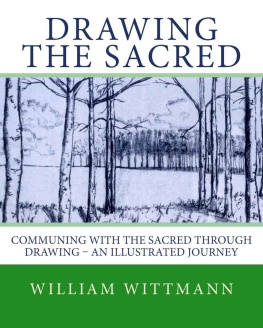

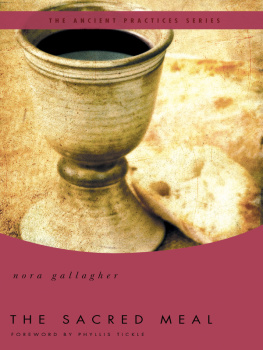
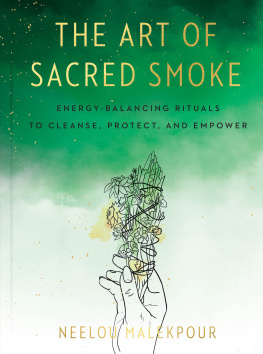
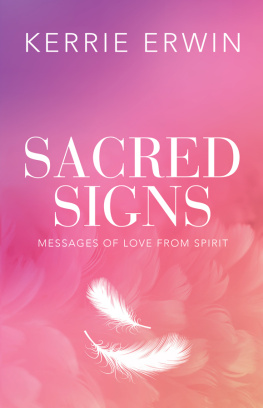
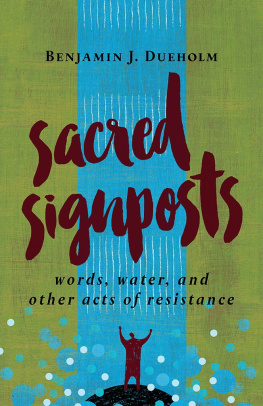
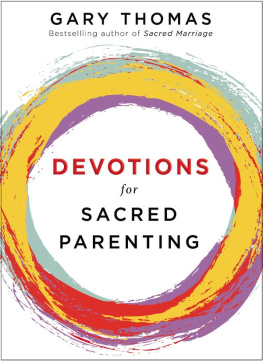
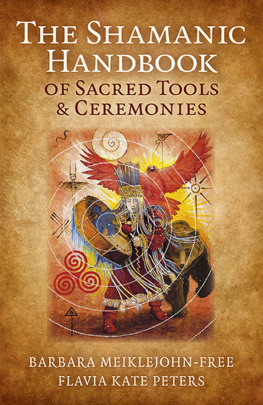
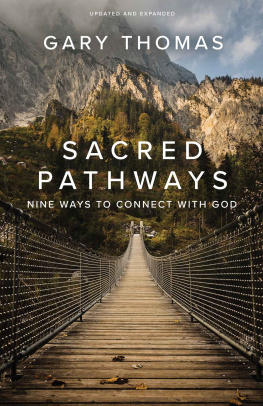
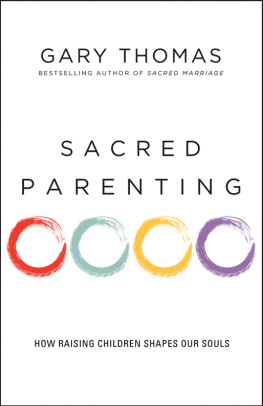
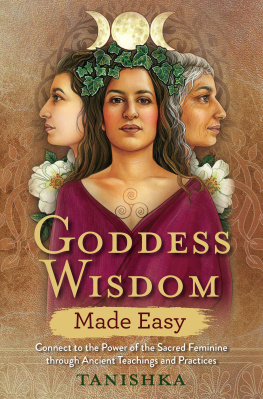
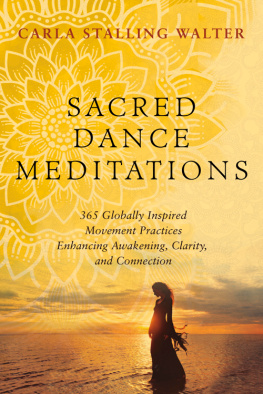
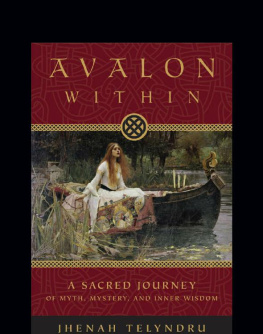
 In Drawing the Sacred,I share my hearts journey of connecting to the Sacred through drawing andpainting, mostly in Nature.
In Drawing the Sacred,I share my hearts journey of connecting to the Sacred through drawing andpainting, mostly in Nature.